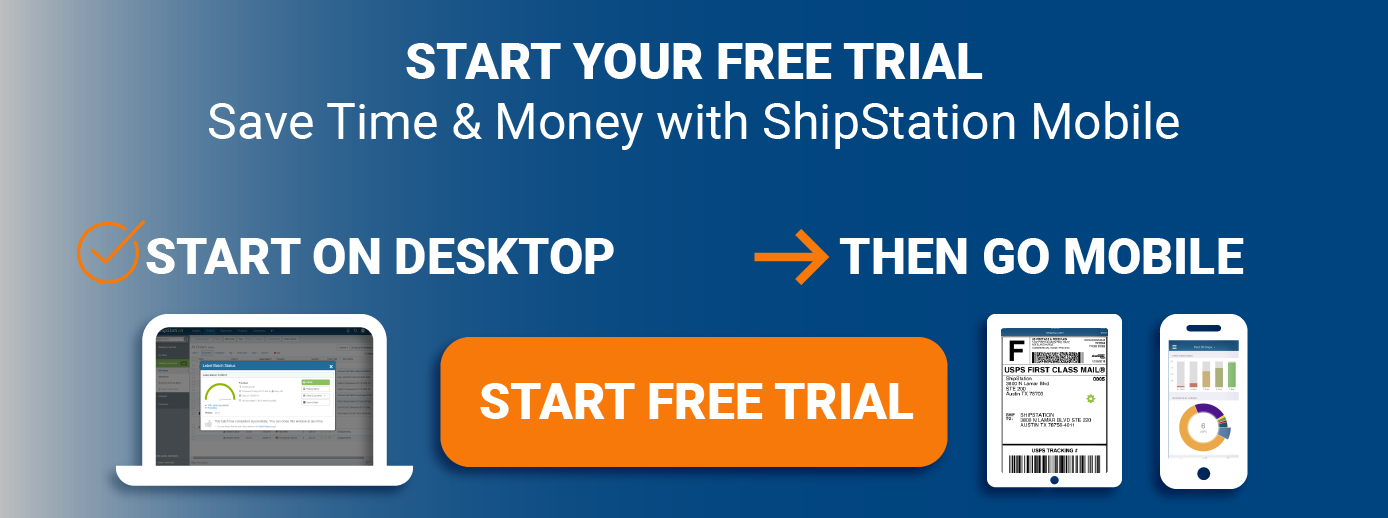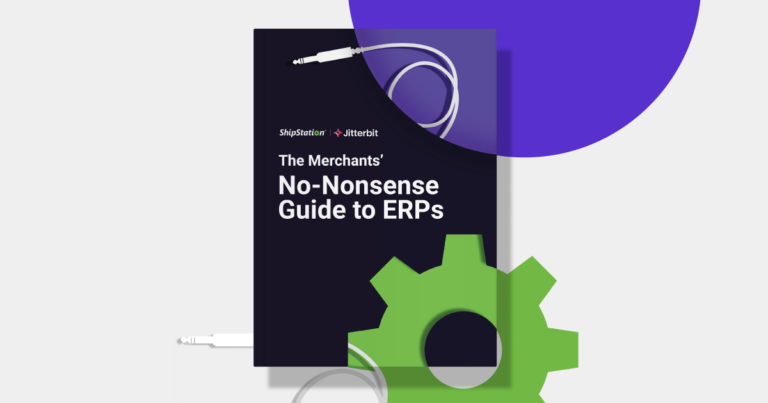7 Tips to Help You Resolve Customer Support Problems Fast

This blog was contributed by our partner, eDesk by xSellco. eDesk by xSellco is a provider of ecommerce help desk software.

The ability to resolve customer support problems in a timely manner is indicative of a successful online business.
It would seem, however, many owners and CEOs overestimate their performance in this area. Eighty percent of CEOs believe their company provides great customer service. But only 8% of their customers agree.
It begs the question: what exactly counts as “fast”?
Considering they have ranked at the number one spot in terms of customer satisfaction for the better part of a decade, we should perhaps look to Amazon for some guidance on this. As per its Service Level Agreement, third-party sellers are expected to respond to 90% of their customers within 24 hours.
Sellers who meet this 24 hour threshold receive 50% less negative feedback, another crucial metric. The average customer response time across all channels is 12 hours 10 minutes. How does your business compare?
If you’d like your team to send less of those dreaded “Sorry for the delayed response” messages then read on. We’ve put together 7 great tips for your business to help resolve customer support problems quickly and effectively.
1. Arm Yourself With as Much Information as You Can
Make sure you have all of the necessary information at your fingertips when the ticket comes in. This will make resolving the issue so much easier.
Ask anyone who’s worked in a support center, and they will tell you having to open multiple tabs to find out information about a customer’s order is one of the biggest drains on their time.
A good helpdesk should be able to pull in all of the order details immediately. This will reduce the amount of time wasted as well as help to lower the rate of human error.
If your business is still operating its customer support via a standard emailing system then it might be time to make a change.
The Gist: Use software to help gather together all of a customer’s order details.
2. Centralize Each of Your Support Channels
We are in the age of multichannel selling. Offering your products or services on just one additional marketplace can increase your revenue by 190%. Each new channel you sell on, however, brings with it the headache of providing customer support across yet another browser tab. Integrate your business with a helpdesk that consolidates all these channels into one dashboard.
If you are a new business, handling a relatively small number of queries, then it’s tempting to believe you don’t need specialist software. The problem arises when your customer base keeps expanding and suddenly you reach a tipping point. Before you know it, you’re handling over a thousand queries a month and you don’t have a system in place to deal with them efficiently.
The Gist: Use a helpdesk to bring every ticket, across all of your channels, into one dashboard. And don’t wait until the business has gotten so big that your ability to resolve customer support problems becomes insufficient.

3. Create Effective Response Templates
Within a few months, chances are you’ll have encountered pretty much type of query or complaint there is. You have an opportunity to use this experience and significantly reduce response times by creating a series of templates to expedite your process.
Speedy responses are great, but not if it’s clear the reply hasn’t come from a real person. Striking a balance between efficiency and personality is a key part of creating the perfect customer support template. They shouldn’t seem robotic. Always aim to respond with a message that is both rich in order-specific information (customer name, item, purchase date, etc.) and warm in tone.
The Gist: Create templates that make responding to common tickets easier. Use as much detail as you can when replying. And be specific in terms of dates and resolutions
If you’re not sure where to start, you can download some free templates here.
4. Show Empathy From the Get Go
The importance of empathy shouldn’t be overlooked. When faced with a disgruntled customer, remember that while their issue may only be a minor part of your day, it potentially carries significant emotional weight for them.
A delivery arriving a day later than expected isn’t necessarily the worst thing in the world. But to the customer it might mean a loved one doesn’t receive their anniversary or birthday gift on time. Whether the issue is caused by a third party or a mistake on your end, accept the blame and acknowledge the customer’s feelings.
Take a step back and place yourself in your customer’s shoes before you send a reply. Have you expressed that you understand their frustrations? Do you need to tweak your language to make it more human, and less like their problem is just one of many you’ve had to deal with that day?
It’s vital to avoid canned responses that suggest you haven’t read the message fully or that you are unsympathetic to the customer. How you resolve customer support problems can mean the difference between a repeat customer and a customer who posts negative reviews everywhere they can.
The Gist: Choose language that demonstrates your understanding and empathy to reach a resolution faster. And put yourself in the position of the customer. Can you see why they are angry/upset/disappointed?

5. Don’t Bounce the Ticket Around
As a consumer, it’s very frustrating having to repeat the same story to several different people in order to get an answer. Referring the ticket to another team member might make sense to you, but for the customer it’s a nuisance.
Empower and encourage your team to deal with each ticket by themselves, rather than kick it on to someone else. Challenge them to take sole responsibility for each ticket that comes their way.
If the support agent absolutely requires a colleague’s assistance to resolve the issue successfully, then have them communicate directly via Slack or some other internal communication channel. Always try to keep the company’s communication with the customer as clear and as streamlined as possible.
The Gist: Establish a “one ticket/one agent” policy.
6. Keep Tabs on Recurring Queries and Adapt
Is your support team hearing the same issues over and over? A quarterly review (or even monthly if you have the resources) of the most common issues and how they are dealt with can help optimize your support strategy and help your business overall.
If you find you regularly receive complaints regarding a certain product’s description (i.e. the item was “not as advertised”) then reach out to the customer for feedback.
It’s easy to dismiss a complaint like this and blame the customer when it has been resolved. But that helps noone. Apologize and ask them specifically what aspect of the description is misleading. You might discover what seems perfectly clear to you is in fact confusing for others.
The Gist: Having a very clear outline of what the company’s policy is on recurring issues will help agents resolve customer support problems much quicker.
7. Set the Right Expectations
Don’t tell the customer they’ll have their package tomorrow if you know it’s going to take longer. Support agents need to understand stretching the truth might keep the customer happy in that one moment, but it leads to long-term dissatisfaction. It also creates more correspondence down the line.
The Gist: Always be honest.
Speedy customer service doesn’t have to be difficult to achieve and you don’t have to sacrifice quality, either. It all starts with having a system in place that makes things easier for you support team. Customer service software is only useful, however, if your team is prepared to listen and treat every customer as an individual.
Learn more about how  work togther, and don’t forget to start your free trial below!
work togther, and don’t forget to start your free trial below!



